|
March 16, 2023
Stay informed! Here’s a summary of upcoming fisheries and habitat management activities and ways you can discover, explore and experience Minnesota’s outdoors.

DNR certifies catch-and-release record tie for pike
An angler caught and released a 46 1/4 inch northern pike on Mille Lacs Lake that the DNR certified as a tie with the current catch-and-release state record.
Brad Lila of Hudson, Wis., caught and released the fish Jan. 22.
“I set the hook as the line was quickly peeling out,” Lila said. “Immediately, I knew it was a very large fish because it peeled out drag and there was no stopping it. After about 10 minutes of fighting the fish, I knew that it might take more than me to land it.”
Lila hollered and waved for help and two nearby anglers came to his aid. Lila tried to get the fish to turn its head to come up the hole, but the fish was large and slush under the ice complicated the endeavor.
“Every time she would get near, a few inches of slush would come up and we couldn’t see down the hole,” Lila said. “An additional challenge was that my braided line would groove the bottom of the ice and when my knot connecting the fluorocarbon leader would meet the ice bottom, it would get stuck. I’d have to put my rod down into the hole to free up my line and then my line guides would freeze.”
After about 30 minutes, Lila was able to get the fish through the ice and get quick measurements before releasing it back into the water. The fish was most likely a female that was carrying eggs before spawning.
“It was so satisfying seeing her swim away,” Lila said. “I am so very appreciative of the state of Minnesota for supporting a catch and release [record fish] program. It’s great to know that she’s out there passing along those incredible genes and that someone else may have a chance of landing her someday.”
The DNR announces new state records in news releases, on social media and on the DNR website. Find current records and guidelines for each type of state record on the DNR website.
|
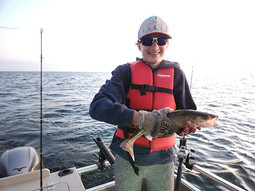
Walleye fishing to be open all summer on Mille Lacs Lake
State-licensed anglers will have the opportunity to harvest a walleye 21-23 inches in length or greater than 28 inches throughout the 2023 open water season on Mille Lacs Lake. A lower walleye harvest this winter and an improving walleye population are combining to allow this year’s more liberal regulations.
Walleye regulations will apply from the walleye opener on Saturday, May 13, until the end of the open-water season on Thursday, Nov. 30. Unlike recent years, there is no planned closure to walleye fishing or ban on using live bait during the first two weeks in July.
Find more information about fishing regulations, including about the night fishing closure on Mille Lacs Lake, ongoing DNR management and research, citizen engagement and Mille Lacs area recreation opportunities, on the DNR website.
|
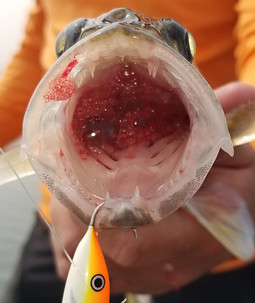
Fish shallower for catch-and-release to avoid barotrauma
Deep water anglers, beware of “barotrauma.”
Barotrauma refers to injuries to fish (and humans) caused by rapid changes in barometric or water pressure. Fish caught from deep-water environments will likely experience traumatic and deadly injuries when they are brought to the surface. Symptoms include bulging eyes, bleeding gills, gas bubbles under the skin or an expanded swim bladder that pushes the stomach out of the fish’s mouth.
Some fish species are more susceptible, such as walleye, perch, bass and crappies. If you choose to fish in water deeper than 30 feet, the ethical thing to do is keep the fish you catch and include them in your daily limit, unless there is a slot limit. Catch-and-release anglers are encouraged to fish in shallower water to maximize survival of the fish they release.
Check out this and other tips about catch-and-release fishing on the DNR website.
Photo courtesy of North Dakota Game and Fish
|
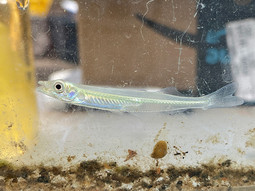
Fish profile: brook silverside
Representing a spine with eyes, the brook silverside said no to a colorful wardrobe and yes to translucent. Pretty much every aquatic predator will eat this fish. Birds, mink, crayfish, turtles, other fish – doesn’t matter, it’s on the menu.
Brook silversides live fast and die young. If they’re not eaten beforehand, most adults die after their first spawning season at one year of age.
Going toward the light isn’t an unusual concept for this fish. They’re most active on moonlit nights and are known to chase flashlight beams through the water.
Learn more in this USGS fact sheet.
|
Fishing photo spotlight
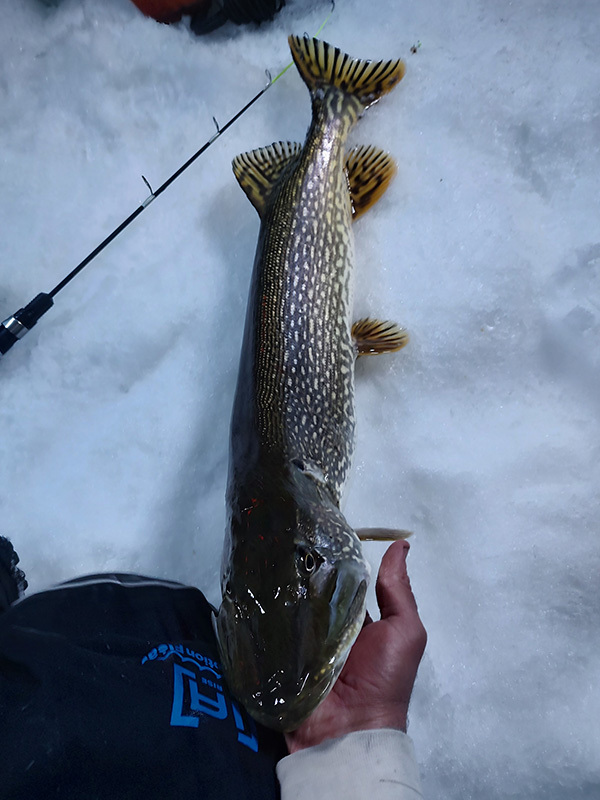 “Largest fish of the season, released back to the lake” photo courtesy of Ryan Edlund
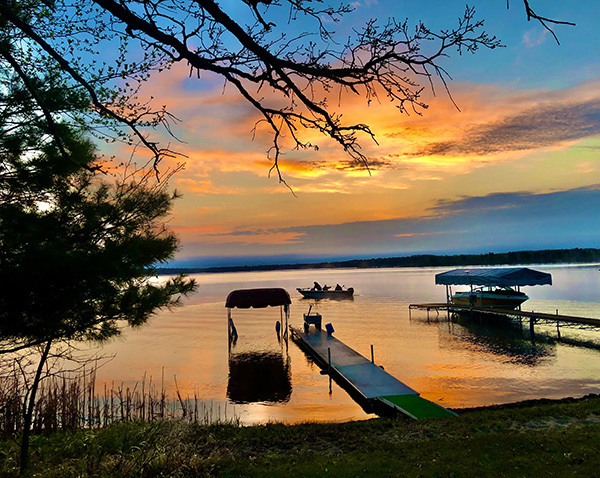 “Fishing opener on Wolf Lake in Beltrami County” photo courtesy of Michael Hanley
Have Minnesota fishing photos to share? You can upload your photos and we may use them in emails notifications, social media or the DNR website.
|
